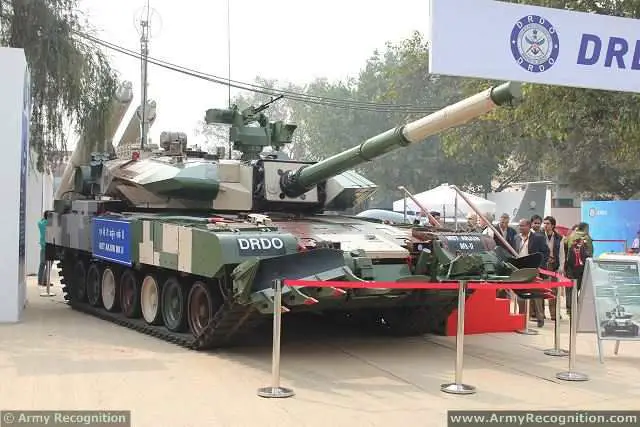| a | |||
Defence & Security Industry News - India |
|||
| Monday, September 15, 2014 11:35 AM | |||
| India plans list of weapon systems for boosting its defense exports | |||
According
to the Hindustantimes, the Defence Research and Development Organisation,
which is struggling to meet deadlines for delivering key military projects,
is working on an elaborate weapons export plan to make inroads in the
lucrative global arms market.
|
|||
 Indian Arjun Mk-2 main battle tank |
|||
Backed by a government that seeks to transform India from the world's biggest weapons importer into an export powerhouse, the DRDO has identified 15 weapon systems that could help the country get its foot in the door in the international arms bazaar, DRDO chief Avinash Chander told HT in an exclusive interview. “There is a huge potential for export. The DRDO is more challenged by lack of trust in its capabilities rather than lack of capability,” said Chander, who is credited with shaping India’s strategic missile programme. Home-built missiles would form the centerpiece of India’s arms exports, within the framework of the missile technology control regime that bans exporting missiles with ranges above 300 km. The military hardware shortlisted for export includes Astra beyond-visual-range air-to-air missile, Prahar surface-to-surface missile, Akash missiles, light combat aircraft (LCA), supersonic cruise missile Brahmos, sonars, Arjun Mk-2 tanks, airborne early warning and control system, a variety of unmanned systems and battlefield radars. “The new government is placing premium on defence indigenisation and exports. We hope to turn over a new leaf,” he said. But some of these platforms such as the LCA and Arjun Mk-2 aren’t operational yet. The DRDO had in August come in for some sharp criticism from PM Narendra Modi over delays and cost overruns in key programmes. The DRDO chief said, “On an average, we are delivering products in a cycle of eight to 10 years from project sanction, which is only two to three years behind global players. In many cases, we had to develop technology from scratch.” He said several projects had missed many deadlines due to technology denial regimes, extremely demanding qualitative requirements and a shrinking talent pool. Modi had said India had the potential to be a world leader in the defence sector but was being held back by a “chalta hai” attitude. |
|||
India plans list of weapon systems for boosting its defense exports
- Posted On














